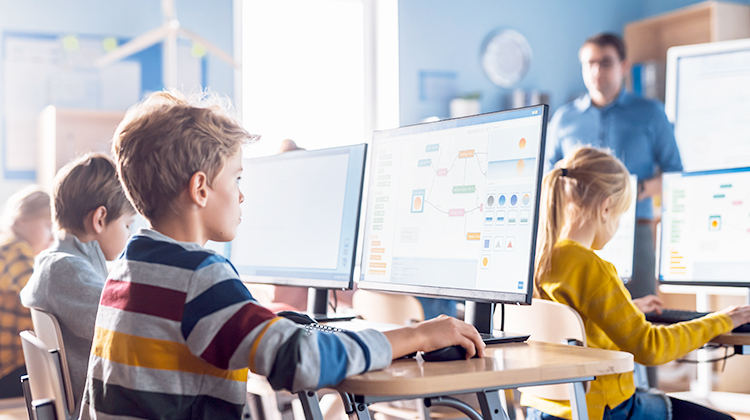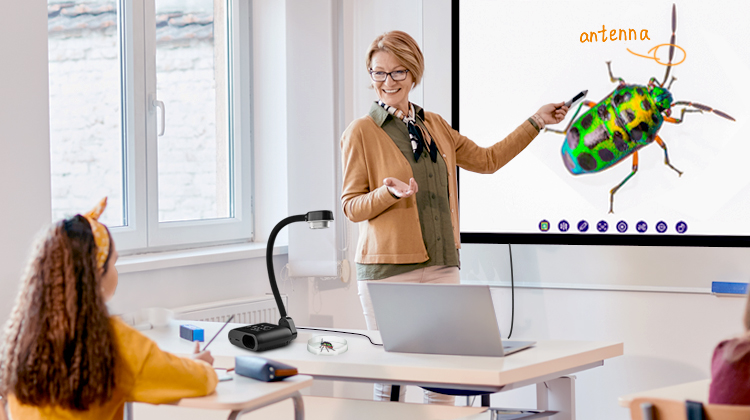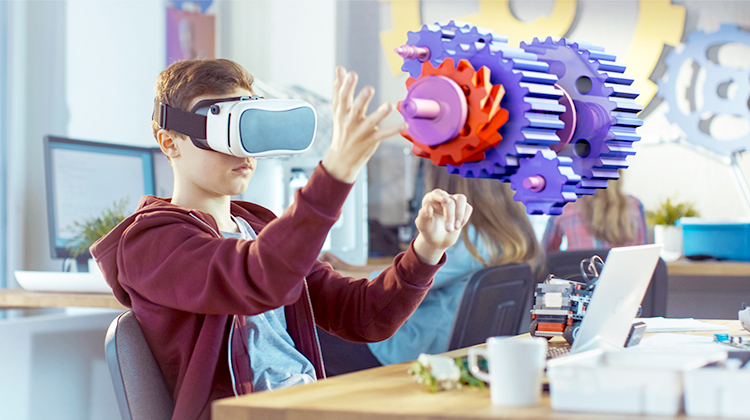The classroom is a room in which teachers teach students, but if you ask people to picture what the typical classroom looks like, you’ll find that the image has changed drastically over time. While the basic definition of a classroom is simple, requiring only a teacher, student, and the act of teaching, more emphasis now is placed on how the classroom facilitates learning.
This is why the modern classroom has become gradually more populated with more tools and technology to aid student learning. While simpler tools like pens, paper, books, and blackboards let students perform basic skills like writing and reading, other tools can further enhance student learning outcomes.
Information Access Via Digital Devices

A classroom must offer access to information. While we used to gather information predominantly from books and libraries, a major game changer was the invention of the computer and the internet. Print media offered a lot of information, but computers and Internet connectivity not only brought an incredible number of digital resources to students but also changed the way we digest information. By 2009, computers and the Internet were available in more than 90% of classrooms. Students can access websites, e-books, and online news outlets easily through desktop and laptop computers, and soon the invention of mobile devices like tablets and smartphones made information even more accessible. The COVID pandemic also emphasized the importance of digital devices, in particular computers and distance learning cameras. Education during the pandemic-ridden years was only possible with these technologies.
Computers and other digital devices are truly the backbone of modern-day teaching, and without them, more advanced and interactive learning would not be possible.
Furthering Comprehension through Interactivity

Educators can now improve the experience of learning, taking full advantage of the capabilities of digital equipment. In addition to information access, the way educators present information can affect how well students comprehend materials. Visualizers are phenomenal tools for increasing interactivity amongst students, and they do particularly well when showing details of teaching aids. Smart boards are also excellent choices for increasing Other ways of increasing interactivity include using educational quizzes and gaming, where students can actively participate in the learning process and receive immediate feedback from the programs. Big data and algorithms also help programs to adapt and create individual learning paths for each learner, helping them to strengthen their weaker skills. When incorporating ideas of gaming to make interaction with educational programs fun, students often learn better and retain more knowledge, making learning more enjoyable and memorable.
Immersive Experiences with Future Technologies

One of the new ways of learning is through AR and VR, allowing students to immerse themselves in the learning experience. Through VR, students would be able to experience a variety of concepts that were not possible before, such as viewing annotated stars in the night sky, journeying through the human body's bloodstream, and even dissecting animals without using living specimens. These immersive experiences bring faraway, complicated, or impossible scenarios in front of the eyes of students, so they can have convenient yet unforgettable experiences in front of their eyes.
Students Need Memorable, Immersive Learning
When classrooms utilize various tools to offer access to information, interactive experiences, and immersive learning, students will undoubtedly retain more information at a faster pace. As tech becomes more comprehensive, students will be able to enjoy better education experiences. Something worth thinking about is: which technologies are applicable to use in your schools and institutions?